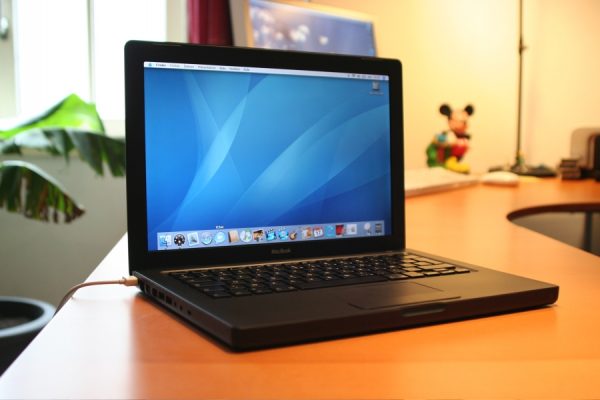Touchscreen News
Touchscreen Laptop Market Expected To Grow
Touchscreen technology has become an almost staple feature in modern-day laptops. It improves the overall functionality of laptops by eliminating the use of trackpads, which are inherently inaccurate and oftentimes cumbersome to use. Furthermore, Microsoft has pushed for the use of touchscreen technology in its most recent Windows 8 operating system (OS). Windows 8 features a tiled design that encourages users to touch with their finger rather than click with their mouse.
A new report suggests that touchscreen-based laptops are here to stay, growing at a CAGR of 10.1% between 2015 and 2019. The report, titled Global Laptop Touch Screen, is based on in-depth market analysis, as well as commentary from experts in the field of touchscreen technology. In addition to forecasting growth trends, the Global Laptop Touch Screen report also highlights key areas of interest for touchscreen-based laptops, including North America, Central America, South America, and APAC and EMEA regions.
So, what’s driving the growing trend of touchscreen-based laptops? The report indicates that touchscreen technology holds “high significance” partly because it creates an interface between the display and the user. This interface can be used to perform commands like opening documents, reading emails, visiting websites, watching movies, playing games, etc. Granted, most (if not all) of these operations can be performed with a traditional keyboard and mouse, but touchscreen interfaces are more intuitive and all-around more enjoyable to use.
“…touch sensor holds high significance because it forms the interface between the display and user activities. Also, most of the R&D goes around touch sensors for enhancing the touch sensitivity. From smart phones to laptops to GPS systems, touchscreen devices are everywhere,” wrote researchers in the report. “Consumers now expect an intuitive touch experience from every new device that hits the market. Since the introduction of Apple’s iPhone in 2007, the touchscreen market has exploded.”
Touchscreen systems are found in a variety of different laptop styles, including notebooks, netbooks, hybrid laptops, and more. The Global Laptop Touch Screen covers several different touchscreen technologies, such as resistive, capacitive, IR, acoustic, optical, and CNT/Graphene. You can learn more about the different types of touchscreen technology by checking our some of our previous blog posts here at En-Touch.com.
Do you think more laptops will utilize touchscreen technology in the future?

